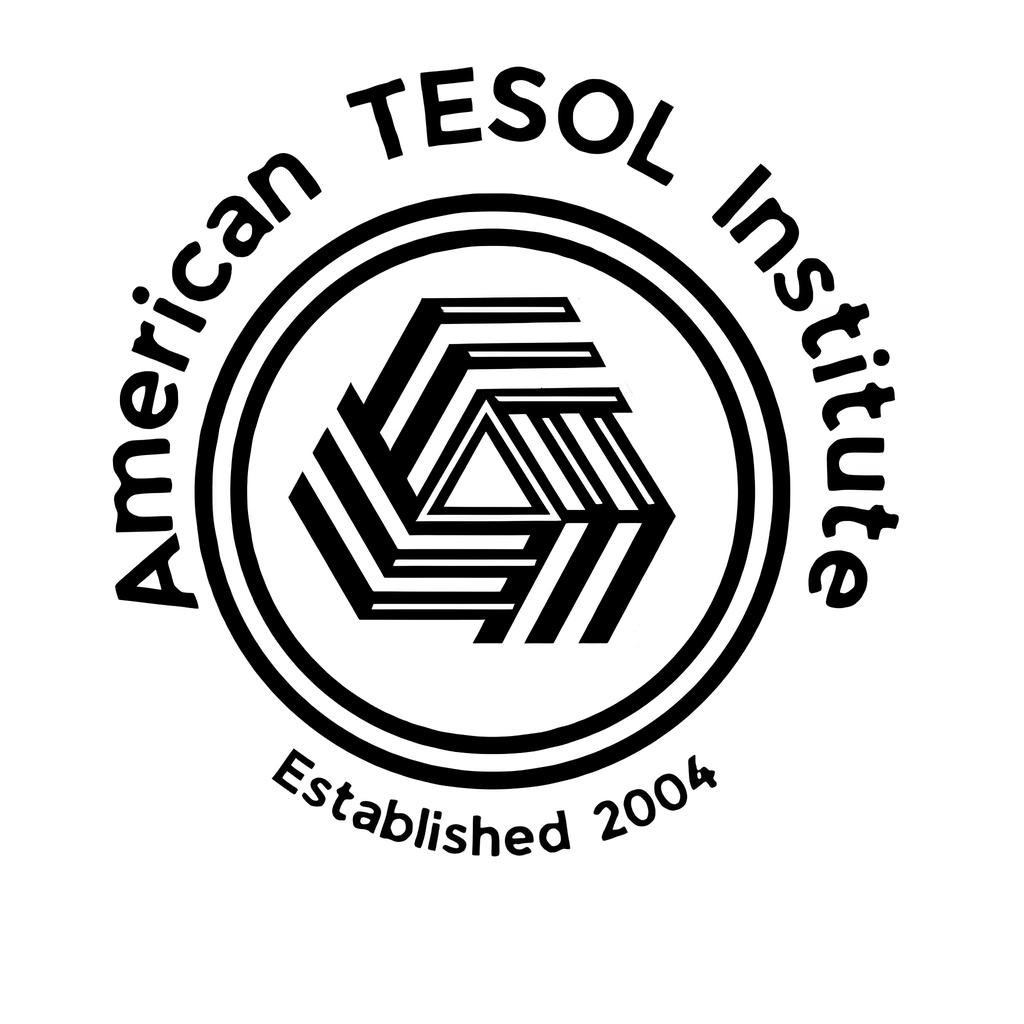As TESOL teachers, we’re constantly exploring new and innovative ways to engage our students, boost learning, and enhance communication in the classroom. But what if teaching could go beyond traditional methods? Imagine if teachers could transmit knowledge directly into students’ minds without saying a word. Enter the world of telepathy and extrasensory perception (ESP)—ideas that have captured the imagination of scientists, paranormal enthusiasts, and educators alike.
But is there any truth to these concepts? Can telepathy or ESP actually play a role in teaching, or is it all just wishful thinking? In this article, we’ll explore what telepathy and ESP are, whether they have any scientific backing, and what (if any) implications they could have in the TESOL classroom.
What Is Telepathy and ESP?
Telepathy refers to the supposed ability to transmit thoughts or information from one person to another without using any known sensory channels—essentially, a direct mind-to-mind connection. Anecdotal claims of telepathy are often correlated with a strong emotional connection, deep empathy, and powerful intuition. Think of the uncanny understanding often described between a mother and daughter, where one seems to “just know” what the other is feeling or thinking, even when separated.
Extrasensory perception (ESP) is a broader term that includes telepathy but also covers other alleged psychic abilities, such as clairvoyance (seeing things beyond normal perception) and precognition (foreseeing future events).
For decades, people have speculated about whether these abilities are real, and some have even tried to apply them to fields like education. The idea is that if teachers could “transmit” lessons telepathically, students could learn more quickly and efficiently. Sounds too good to be true, right?
The Scientific Perspective: Is There Any Evidence?
While the idea of telepathy and ESP is enticing, especially in the world of teaching, scientific research has yet to conclusively prove their existence. Here’s what we know from the scientific community:
- Studies on Telepathy: Various experiments have been conducted over the years to test telepathy, including the famous Ganzfeld experiment, which aimed to create conditions conducive to psychic abilities. The results, however, have been inconclusive at best. While some studies reported slightly higher-than-chance results, the lack of replicable evidence makes telepathy scientifically unproven.
- Neuroscience’s Take: Modern neuroscience reveals a lot about brain communication, but unfortunately, telepathy is not one of those revelations. While brain-to-brain communication seems theoretically possible with advanced technology (such as brain-machine interfaces), natural telepathic communication has not been demonstrated.
- The Power of Empathy and Intuition: Some people may experience what they think is telepathy or ESP in their day-to-day lives. However, these occurrences are more likely the result of subconscious cues, a highly developed sense of empathy, the power of suggestion, or even coincidence rather than any true psychic abilities. This phenomenon, rooted in genuine emotional intuition, could explain why some individuals—particularly those with deep emotional bonds—genuinely believe in telepathy.
Can Telepathy or ESP Work in Teaching?
If you’re hoping to skip grading papers by telepathically knowing your students’ answers, I’m afraid science doesn’t have your back—yet. But even without concrete evidence, the idea of telepathy or ESP in teaching offers a fun way to think about improving communication and understanding in the classroom.
While true telepathy may not be real, educators can still harness the power of non-verbal communication and emotional connection to engage their students on a deeper level. Body language, eye contact, and an intuitive understanding of student needs—all components of strong empathy—can sometimes feel almost telepathic when used effectively. Many TESOL teachers already practice this form of “classroom ESP” by building a rapport that allows them to pick up on their students’ emotions, confusion, or excitement without a word being spoken.
Engaging Students with the Idea of Telepathy
Although telepathy may not be scientifically proven, the concept can still serve as a creative and entertaining teaching tool. Consider these classroom activities:
- Role-Playing Games: Have students act out scenarios where they have telepathic abilities. Use this as a way to practice conversational skills, listening comprehension, and predictions.
- Creative Writing Prompts: Ask students to write short stories about a world where telepathy is real, and language isn’t needed for communication. How would this impact society, schools, or relationships?
- Debate: Organize a classroom debate on whether telepathy and ESP could ever be real. Encourage students to research scientific studies and present arguments on both sides of the issue.
- “Mind Reading” Vocabulary Games: In pairs, students try to guess a word their partner is thinking of through hints, body language, and context clues—giving a playful nod to the idea of telepathy.
The Psychological Power of Perception
Even though telepathy might not have any scientific basis, the power of perception, empathy, and belief can play a major role in teaching and learning. Encouraging students to think creatively about how we communicate and understand each other—even without words—can improve empathy, comprehension, and engagement.
For example, many teachers notice that they can “read” their students’ thoughts through their expressions or body language. While this isn’t true telepathy, it highlights the importance of intuitive teaching and adapting to non-verbal cues in the classroom. These skills help build stronger emotional connections with students, especially in language learning environments where confidence and comprehension can vary widely.
Conclusion: Telepathy in Teaching—Real or Wishful Thinking?
While the concept of telepathy and ESP remains unproven and firmly in the realm of science fiction and speculation, the underlying desire for better communication and deep, intuitive connection is very real. TESOL teachers can take inspiration from these ideas to explore deeper connections with their students—whether through creative lesson planning, building empathy, understanding non-verbal communication, or simply encouraging students to think outside the box.
For now, telepathy in the classroom remains a fantasy. But through engaging activities, thoughtful communication strategies, and a bit of imagination, TESOL teachers can certainly enhance their students’ learning experiences in ways that might feel a little “magical.”
After all, who needs telepathy when you’ve got great teaching skills?



